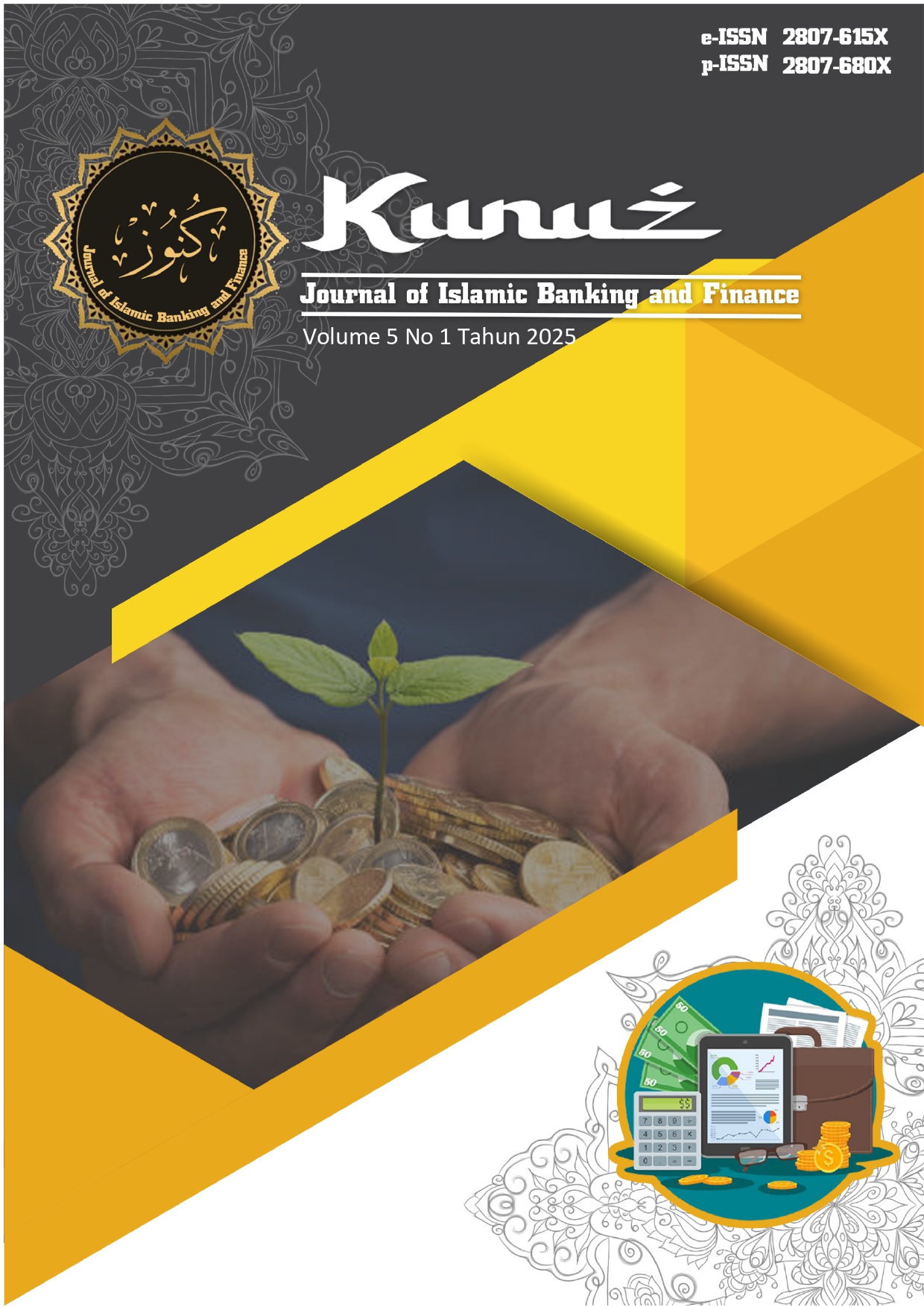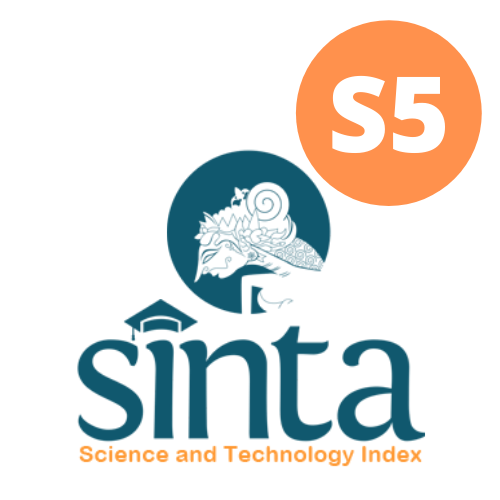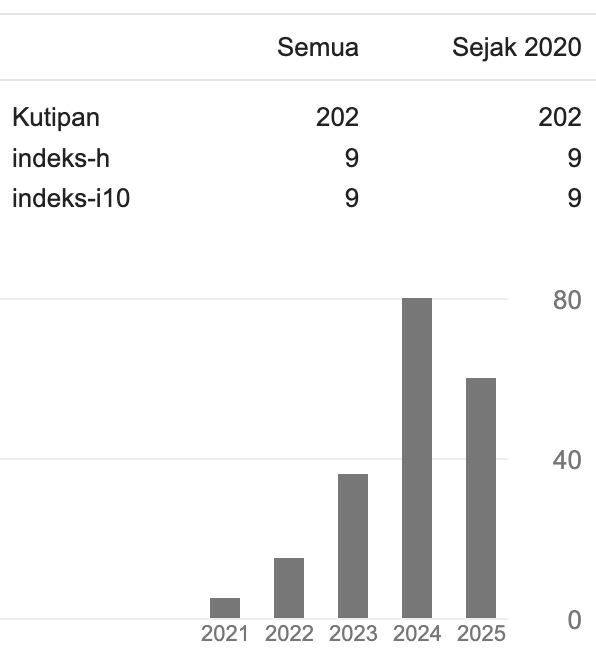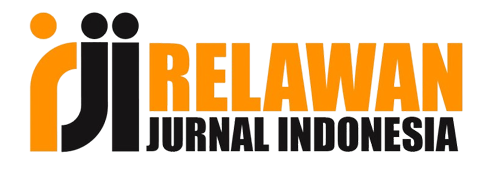The Mediating Role of Internal Resource Integration in Enhancing Customer Orientation for Firm Performance: Evidence from Islamic Microfinance Institutions
Abstract
This study was started by a research gap regarding the influence of customer orientation on firm performance. Grounded in the resource-based theory, it develops a research model to examine the effect of customer orientation on firm performance, with internal resource integration serving as a mediating variable. This research population consisted of managers of Islamic Microfinance Institutions (IMFIs) in Semarang Regency, with a purposive sample of 100 respondents. Using SmartPLS for data analysis, the findings reveal that customer orientation exerts a positive and significant effect on firm performance, that customer orientation positively and significantly influences internal resource integration, and that internal resource integration positively and significantly enhances firm performance. Moreover, internal resource integration is found to effectively mediate the relationship between customer orientation and firm performance. These results provide empirical support for the resource-based theory, highlighting that superior internal resource integration amplifies the impact of customer orientation on performance. Accordingly, firms are advised to strategically manage their internal resources to build sustainable competitive advantage and achieve long-term performance excellence.
References
Abbu, H. R., & Gopalakrishna, P. (2021). Synergistic Effects of Market Orientation Implementation and Internalization on Firm Performance: Direct Marketing Service Provider Industry. Journal of Business Research, 125, 851–863.
Alfalla-Luque, R., Marin-Garcia, J. A., & Medina-Lopez, C. (2015). An Analysis of the Direct and Mediated Effects of Employee Commitment and Supply Chain Integration on Organisational Performance. International Journal of Production Economics, 162, 242–257.
Amoako, T., Huai Sheng, Z., Dogbe, C. S. K., & Pomegbe, W. W. K. (2022). Effect of Internal Integration on SMEs: Performance: the Role of External Integration and ICT. International Journal of Productivity and Performance Management, 71(2), 643–665.
Barney, J. B. (2000). Economics Meets Sociology in Strategic Management. Emerald Group Publishing Limited.
Domi, S., Capelleras, J.-L., & Musabelliu, B. (2020). Customer Orientation and SME Performance in Albania: A Case Study of the Mediating Role of Innovativeness and Innovation Behavior. Journal of Vacation Marketing, 26(1), 130–146.
Eren, B. A. (2021). Determinants of Customer Satisfaction in Chatbot Use: Evidence from a Banking Application in Turkey. International Journal of Bank Marketing, 39(2), 294–311.
Fatonah, S., Haryono, T., & Sari, N. N. I. (2021). Peran Orientasi Pelanggan Dalam Meningkatkan Kinerja Pemasaran UMKM Rumah Makan Di Kabupaten Sragen. EKUITAS (Jurnal Ekonomi Dan Keuangan), 5(1), 78–97.
Feng, T., Wang, D., Lawton, A., & Luo, B. N. (2019). Customer Orientation and Firm Performance: The Joint Moderating Effects of Ethical Leadership and Competitive Intensity. Journal of Business Research, 100, 111–121.
Ferdinand, A. (2006). Metode Penelitian Manajemen. Semarang: Badan Penerbit Universitas Diponegoro.
Ghlichlee, B., & Bayat, F. (2021). Frontline Employees’ Engagement and Business Performance: the Mediating Role of Customer-Oriented Behaviors. Management Research Review, 44(2), 290–317.
Hair, J. F. (2009). Multivariate Data Analysis.
Hughes, D. E., Richards, K. A., Calantone, R., Baldus, B., & Spreng, R. A. (2019). Driving In-Role and Extra-Role Brand Performance among Retail Frontline Salespeople: Antecedents and the Moderating Role of Customer Orientation. Journal of Retailing, 95(2), 130–143.
Ismail, I. J. (2023). Speaking to the Hearts of the Customers! The Mediating Effect of Customer Loyalty on Customer Orientation, Technology Orientation and Business Performance. Technological Sustainability, 2(1), 44–66.
Jeng, S. P. (2018). Enhancing the Creativity of Frontline Employees: The Effects of Job Complexity and Customer Orientation. The International Journal of Logistics Management, 29(1), 387–408.
Kozlenkova, I. V, Samaha, S. A., & Palmatier, R. W. (2014). Resource-Based Theory in Marketing. Journal of the Academy of Marketing Science, 42(1), 1–21.
Kuo, T.-C., Chen, K. J., Shiang, W.-J., Huang, P. B., Otieno, W., & Chiu, M.-C. (2021). A Collaborative Data-Driven analytics of Material Resource Management in Smart Supply Chain by Using a Hybrid Industry 3.5 Strategy. Resources, Conservation and Recycling, 164, 105160.
Lee, R. P., & Wei, S. (2023). Do Employee Orientation and Societal Orientation Matter in the Customer Orientation? Performance Link? Journal of Business Research, 159, 113722.
Linder, C. (2019). Customer Orientation and Operations: The Role of Manufacturing Capabilities in Small-and Medium-Sized Enterprises. International Journal of Production Economics, 216, 105–117.
Markovic, S., Jovanovic, M., Bagherzadeh, M., Sancha, C., Sarafinovska, M., & Qiu, Y. (2020). Priorities when Selecting Business Partners for Service Innovation: The Contingency Role of Product Innovation. Industrial Marketing Management, 88, 378–388.
Muafi, M. (2020). A Nexus Among Strategic Orientation, Social Network, Knowledge Sharing, Organizational Innovation, and MSMEs Performance. The Journal of Asian Finance, Economics and Business, 7(6), 327–338.
Muhammad Luthfi, S., & Faqih, N. (2023). Peran Relationship Marketing Dalam Mendorong Peningkatan Customer Value Customer Satisfaction Dan Perceived Service Quality Terhadap Customer Loyalty. Juremi: Jurnal Riset Ekonomi, 713–724.
Nabhan, F., & Munajat, M. (2023). The Role of Work Engagement and Organizational Commitment in Improving Job Performance. Cogent Business & Management, 10(2), 2235819.
Pousa, C., & Mathieu, A. (2014). Boosting Customer Orientation Through Coaching: A Canadian Study. International Journal of Bank Marketing, 32(1), 60–81.
Racela, O. C., & Thoumrungroje, A. (2020). When Do Customer Orientation and Innovation Capabilities Matter? An Investigation of Contextual Impacts. Asia Pacific Journal of Marketing and Logistics, 32(2), 445–472.
Rehman, S. U., Ashfaq, K., Bresciani, S., Giacosa, E., & Mueller, J. (2023). Nexus Among Intellectual Capital, Interorganizational Learning, Industrial Internet of Things Technology and Innovation Performance: a Resource-Based Perspective. Journal of Intellectual Capital, 24(2).
Rini, G. P., & Kusumawardhani, A. (2024). Orchestrating Firm-Specific Resource Integration to Achieve Customer Service Performance: an Investigation in the Hotel Context. International Journal of Innovation Science, 16(3), 445–462.
Sa, M. L. L., Choon-Yin, S., Chai, Y. K., & Joo, J. H. A. (2020). Knowledge Creation Process, Customer Orientation and Firm Performance: Evidence from Small Hotels in Malaysia. Asia Pacific Management Review, 25(2), 65–74.
Thoumrungroje, A., & Racela, O. C. (2022). Innovation and Performance Implications of Customer-Orientation Across Different Business Strategy Types. Journal of Open Innovation: Technology, Market, and Complexity, 8(4), 178.
Tseng, L.-M. (2019). How Customer Orientation Leads to Customer Satisfaction: Mediating Mechanisms of Service Workers? Etiquette and Creativity. International Journal of Bank Marketing, 37(1), 210–225.
Varadarajan, R. (2020). Customer Information Resources Advantage, Marketing Strategy and Business Performance: A Market Resources Based View. Industrial Marketing Management, 89, 89–97.
Woehler, J., & Ernst, C. (2023). The Importance of Marketing Mix Planning and Customer Orientation for Venture Capital-Financed Startups: Impacts on Valuation, Performance, and Survival. Journal of Research in Marketing and Entrepreneurship, 25(1), 1–25.
Zhao, S., Jiang, Y., Peng, X., & Hong, J. (2021). Knowledge Sharing Direction and Innovation Performance in Organizations: do Absorptive Capacity and Individual Creativity Matter? European Journal of Innovation Management, 24(2), 371–394.
Copyright (c) 2025 Kunuz: Journal of Islamic Banking and Finance

This work is licensed under a Creative Commons Attribution 4.0 International License.













